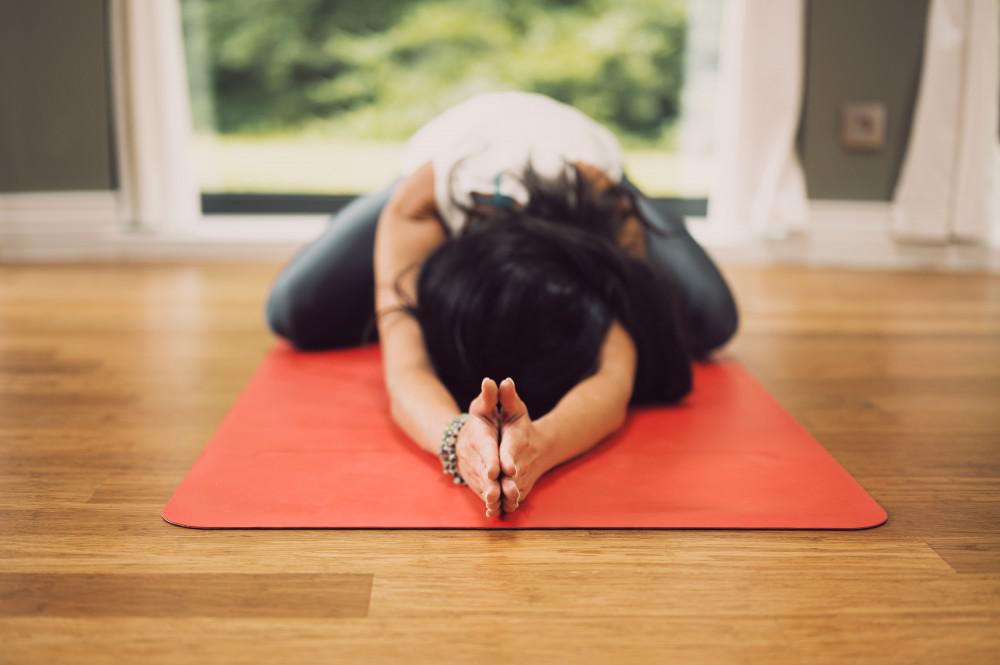
A Beginners Guide to Yoga
Yoga is a common and much-loved form of exercise, but for some people, it’s still a bit of a mystery. Beyond being a form of exercise that can be done in a group, it’s also beneficial for maintaining flexibility and mobility.
So what is Yoga? At its core, Yoga is an extensive collection of practices and techniques meant to bring together body and mind into a state of oneness. Most people in the U.S. are familiar with a form of yoga called “Hatha Yoga”. There are different approaches depending on the type of Yoga practiced, but they tend to share similar goals. Hatha Yoga focuses on movements – mainly physical postures aligned with your breath.
Where should you start? If you are new to yoga, and not very flexible, out of shape, or are recovering from an injury, it’s best to begin with a very gentle practice. Building up strength and flexibility is important and can take a little time and practice. However, once you are familiar with basic postures, you can begin to explore more advanced postures or practicing yoga for longer periods of time.
If you choose to start with in-person yoga classes, a good yoga instructor will be receptive to your current physical condition and able to help you with modifications of poses until you’re flexible enough for regular poses. Don’t be afraid to ask questions – they are there to help you learn!
If you are interested in practicing yoga on your own at home, you’ll need to get a good yoga mat, yoga blocks, and you may need a bolster, but you can often substitute a firm pillow, or folded blanket. Having two blankets or beach towels that are about the same size can come in handy for modifying some movements to make them more comfortable and achievable while you ease into your practice. There are many different DVDs, BluRays, and online yoga classes that you can stream. Just make sure you select something that is appropriate for your level. And remember, when you’re new, beginner yoga is best!
Practicing yoga three times a week can help you achieve noticeable changes in your flexibility. It can also help you improve balance, range of motion, strength, and overall well-being. You can practice for as little as ten to twenty minutes at a time. Shorter sessions tend to be better when you’re first learning yoga, and you can add more time as you are ready.
What can you gain from learning to practice yoga? It can reduce stress, which helps reduce inflammation. It can also help you sleep better, reduce back pain, neck pain, and other aches, improve muscle health, and with that flexibility, mobility, and range of motion. You don’t need to be an expert at yoga to benefit from yoga – you just need to practice this beneficial exercise at whatever level you’re at.

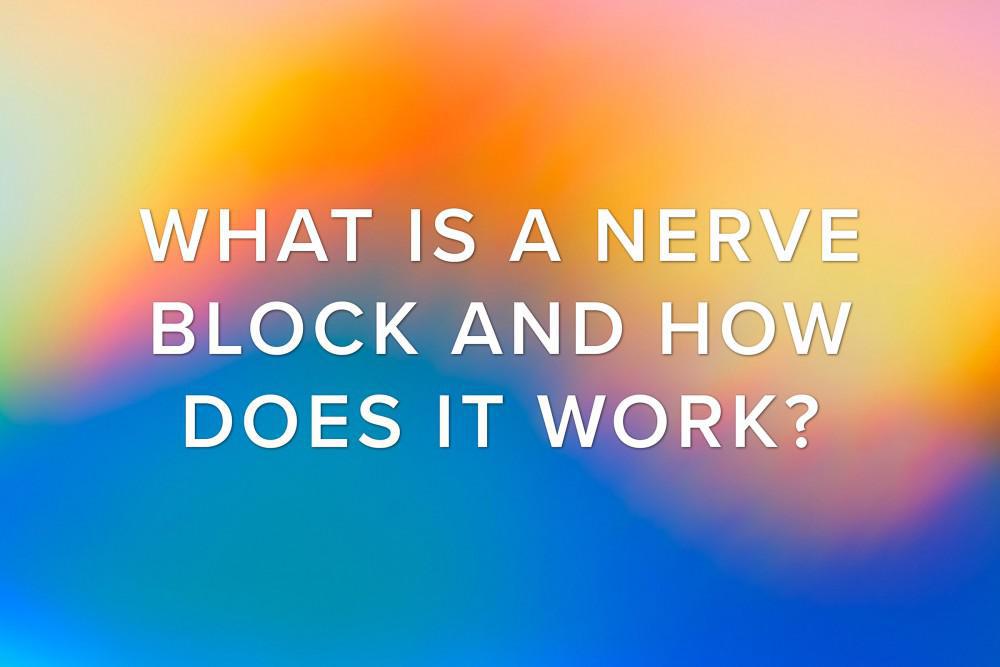


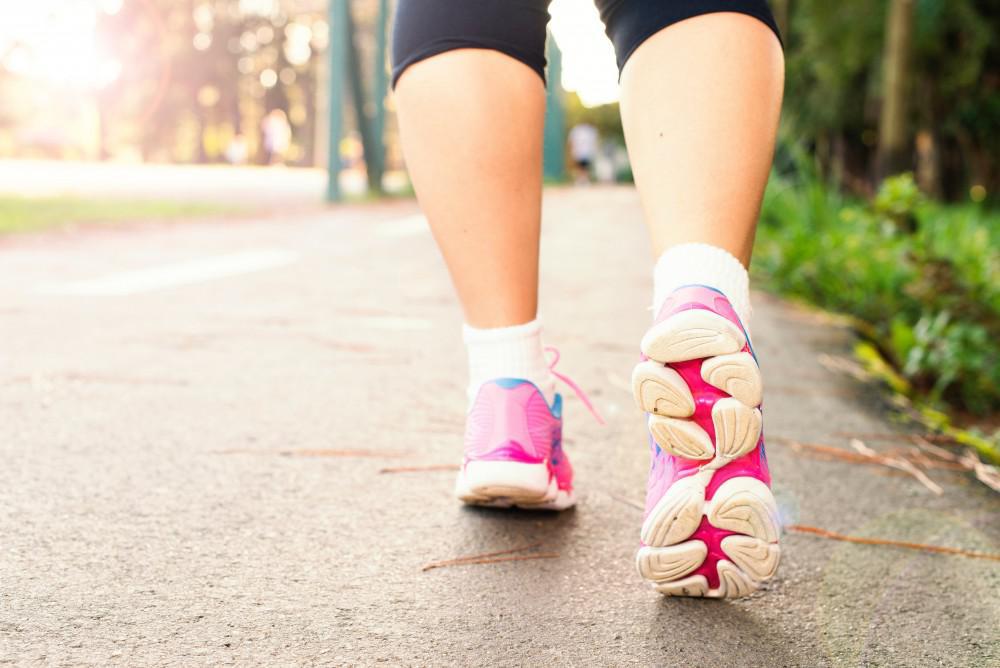
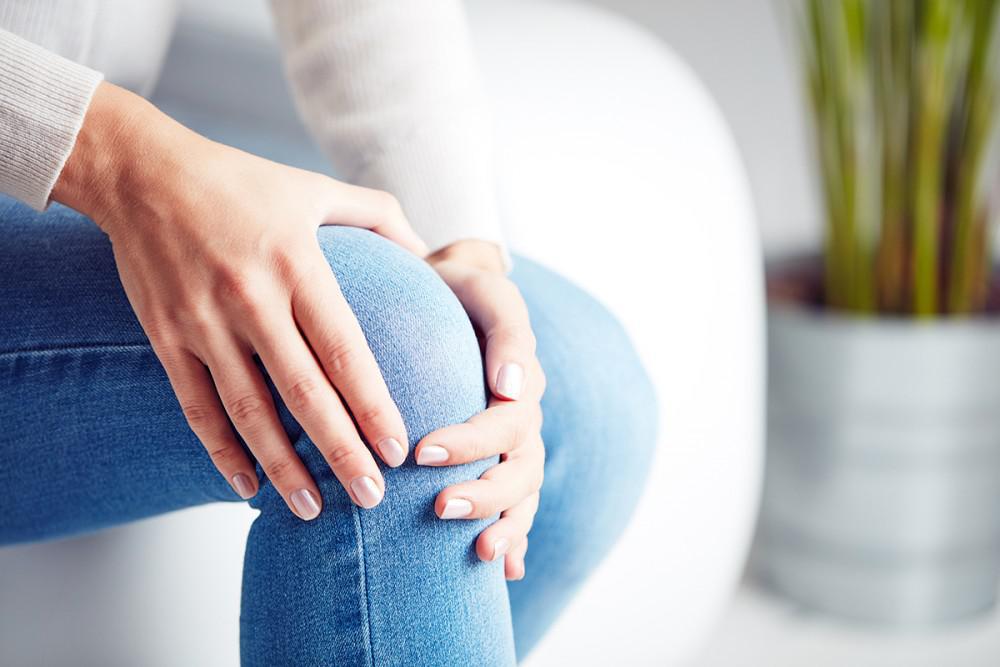



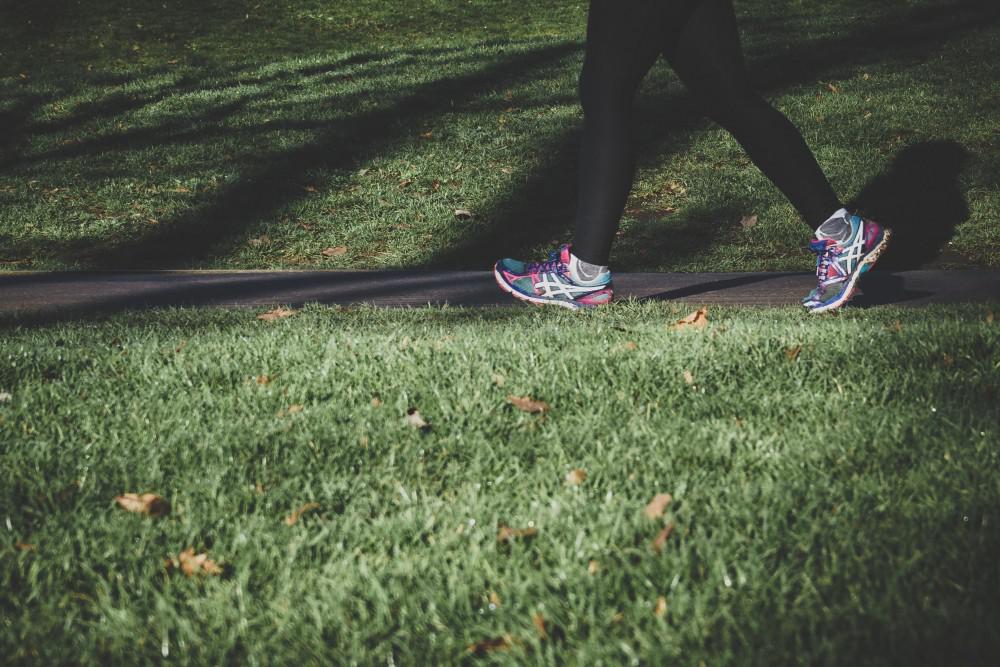
Related Posts